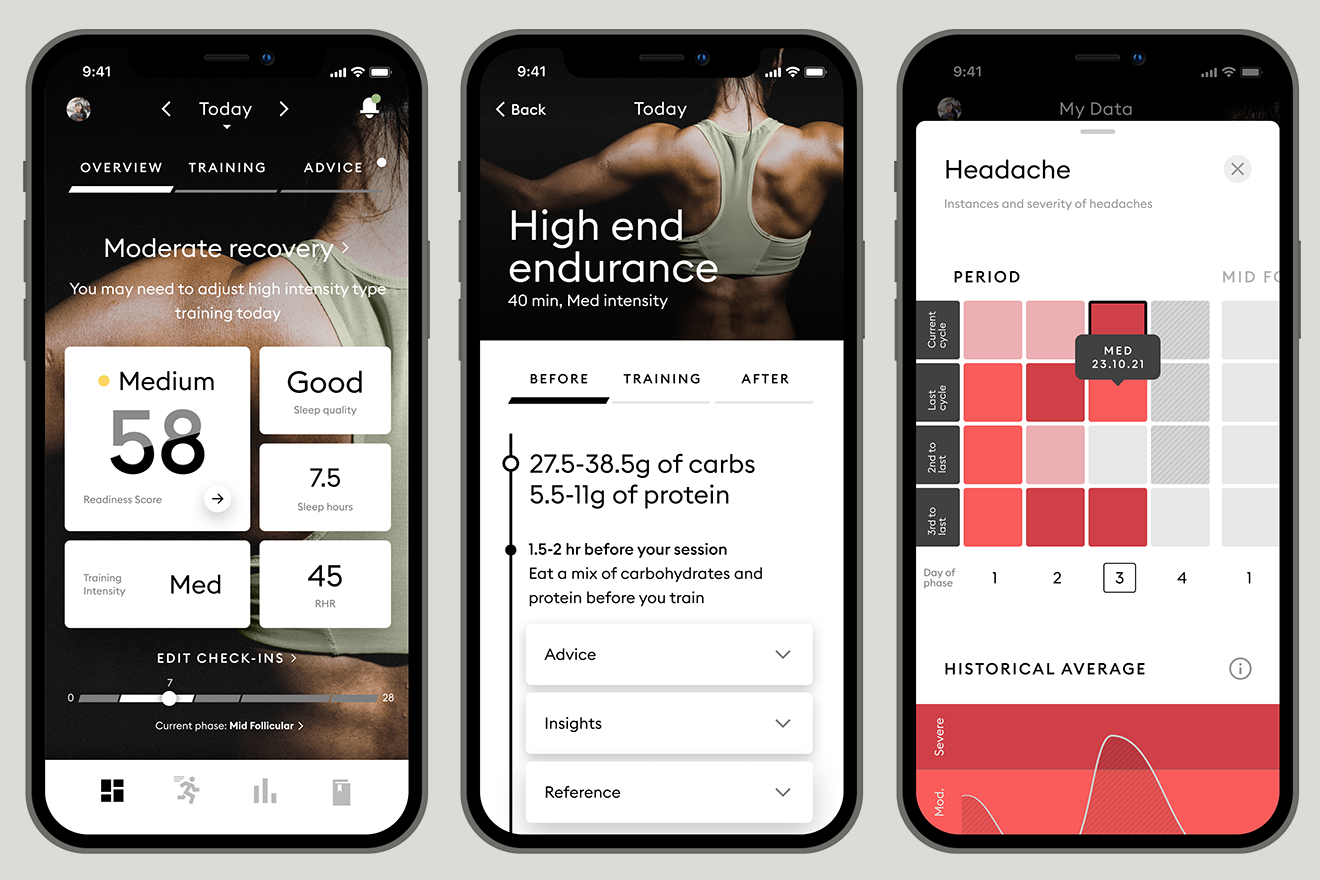Fitness apps, like Wild.ai, are one space where artificial intelligence is being used to provide not only data, but now personalized recommendations for workouts and diet.
Wellness is one of the biggest emerging areas for the use of artificial intelligence, given the complexity of how we interact with food, exercise, and other humans on a daily basis. Rather than diminish our agency, using AI applications can be a source of variety, creativity, and lessen some of the load of daily tasks. Below are a few emerging applications where AI has the potential to grow in this field.
Nutrition
One of the most anticipated research projects in the field of nutrition is the NIH’s Nutrition for Precision Health (NPH) study. Using the United States’ large and diverse biobank, called All of Us, the project is using AI to predict health outcomes and uncover connections between diet, genes, the microbiome, and metabolism. Given the complexity of interactions among these factors, it has not been previously possible to accurately prescribe diets based on a person’s genotype. Results are anticipated in two to four years.
Results can be hit-or-miss when it comes to AI in other areas of nutrition. A recent review of ChatGPT-generated diet plans produced mixed results, with ChatGPT encouraging excessive exercise, or neglecting to include vegetables, adequate fiber, or adequate protein. In a more extreme example, the National Eating Disorders Association replaced its human hotline with an AI chatbot that recommended dieting and weight loss to people seeking help for their disordered eating. At this time, AI can generate recipes and meal ideas, but the quality of its suggestions is questionable and doesn’t replace professional advice – yet.
Fitness
AI has numerous fitness applications, and is already available in programs that use 3D cameras to track form and number of repetitions, and programs that measure velocity of barbell lifts. While programs such as ChatGPT can generate workout plans, the plans that language models would draw from are typically less accessible and behind paywalls, hindering AI compared to a fitness professional. It also remains to be seen if AI could replace the motivation provided by in-person training.
Sleep
Trackers and monitors for sleep aren’t new, but the algorithms that power them have become more advanced over time, using machine learning. Other devices are able to listen to us sleeping and detect coughs and snores, or sense when the “best” time arrives to wake us up. Wearables can’t yet challenge the accuracy of a sleep study, but that day may arrive.
Stress
Given our daily interactions with tech, how can we leverage it to decrease stress? Part of it may be employing AI to accomplish or automate tasks we find tedious, repetitive, or overwhelming. Work is consistently rated as the number-one source of stress in our lives, and finding ways to speed up our tasks or eliminate some of them through automation may give us more leisure time and shorter work weeks.
Loneliness
Healthy relationships are key to well-being and have been shown to increase our lifespan, prevent chronic diseases, and improve others such as diabetes. In May 2023, the Surgeon General declared that loneliness is as bad for your health as smoking 15 cigarettes a day, and also increases mortality risk by 30 percent. AI-companion chatbots have been around since the 1960s, but the latest bots, designed to be your preferred romantic partner, will send texts, make voice calls, and can interact using augmented reality. Whether these AI friends and partners will combat loneliness remains to be seen.
Substance Abuse
In the area of substance abuse, the Pan-American Health Organization unveiled PAHOLA in 2021, an interactive AI chatbot that interacts through video and chat to provide information about the risks of alcohol. After some initial bumps and awkwardness in its interactions, it’s being continually revised, with the goal of implementing this “first digital health worker” worldwide to disseminate health information.


